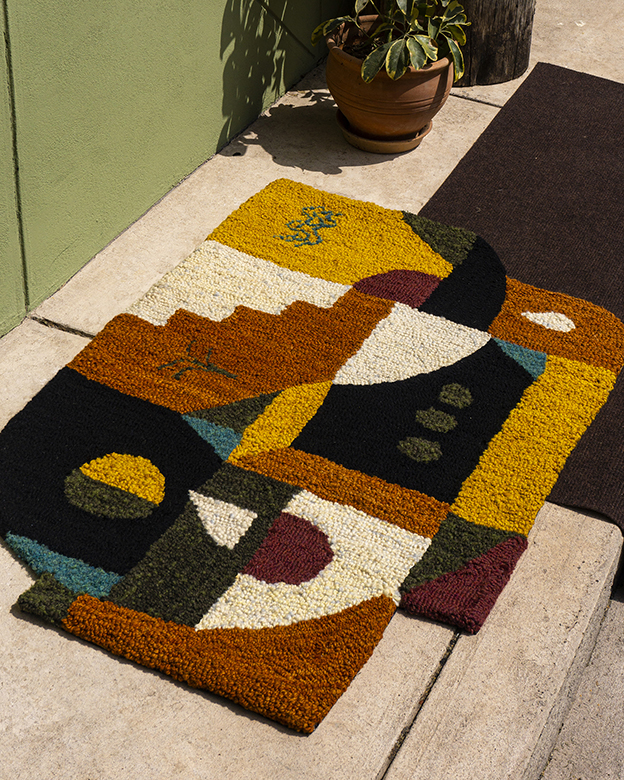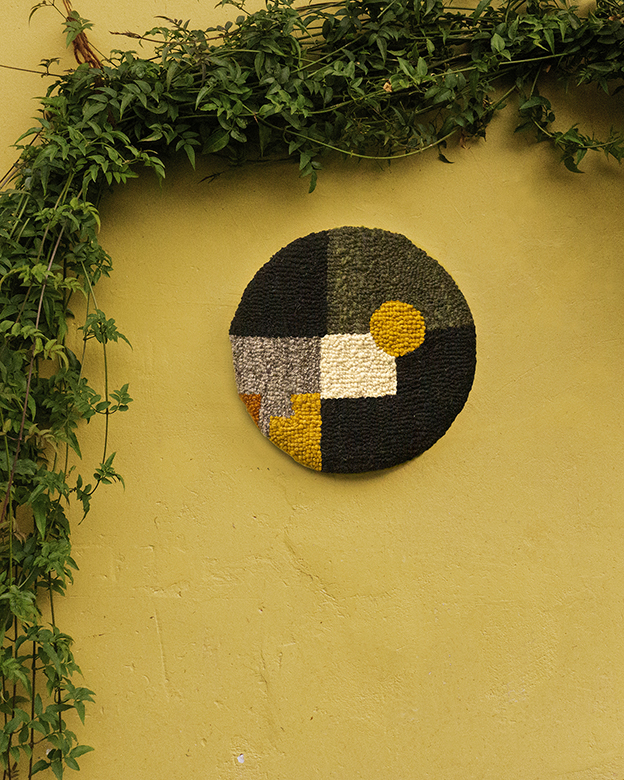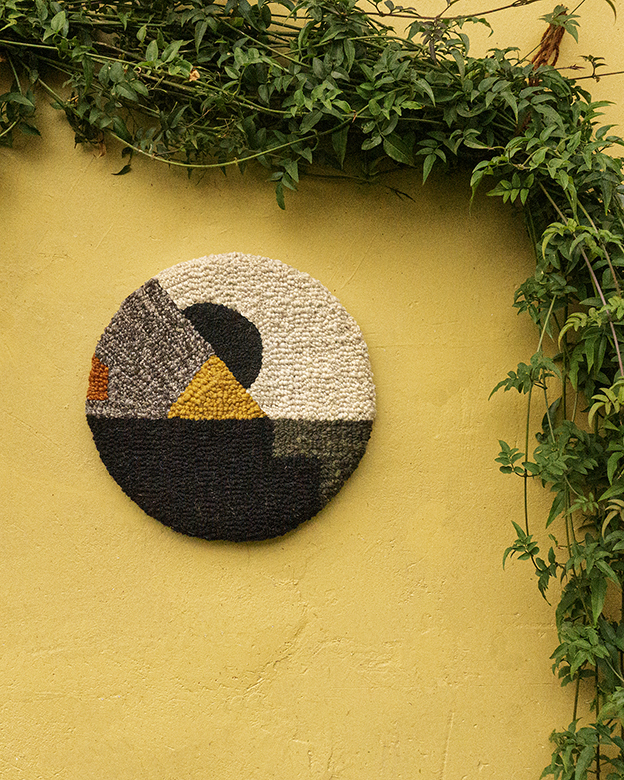
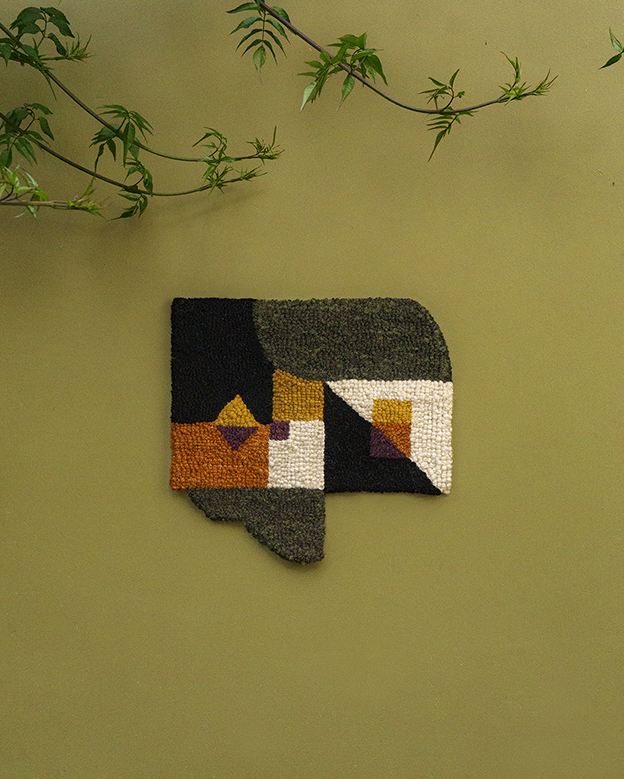


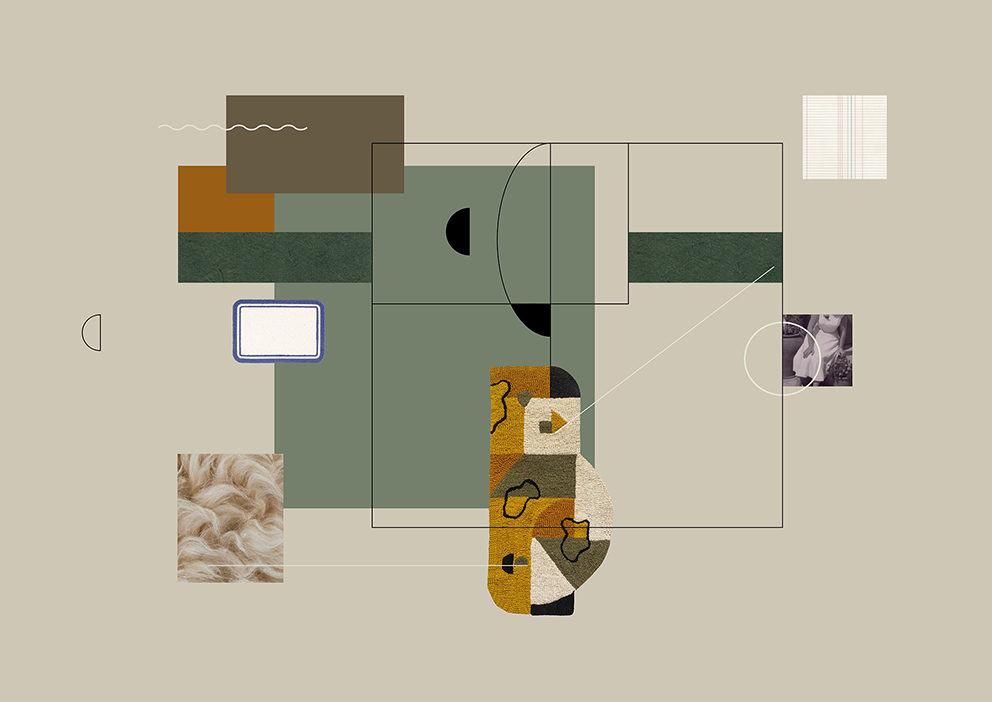

Santa Rita
Ante todo, éste es un proyecto creado por mujeres, con el foco puesto en el empoderamiento, visibilidad, reconocimiento y puesta en valor de tradiciones, técnicas y prácticas ancestrales transmitidas entre mujeres desde sus orígenes. Santa Rita es un vínculo entre pasado y presente. Desde el origen familiar a los tejidos altoandinos.
Las piezas del proyecto Santa Rita son un mapa de conexiones creado a través de simbología basada en el imaginario textil familiar, revisando escenarios de infancia conectados al presente.
Santa Rita es el nombre de la calle donde vivía mi abuela Elia. El hogar donde probablemente vi tejer por primera vez, donde siempre había lanas y el hacer textil tomaba largas sesiones del cotidiano.
///
Before anything else, this is a project created by women, with a focus on empowerment, visibility, recognition and enhancement of ancestral traditions, techniques and practices transmitted among women from their origins. Santa Rita is a link between past and present. From family origins to high Andean fabrics.
The pieces of the Santa Rita project are a map of connections created through symbology based on the archetypal family textile, reviewing childhood scenes connected to the present.
Santa Rita is the name of the street where my grandmother Elia lived. The home where I probably witnessed weaving for the first time, where there was always yarn and weaving would occupy a large part of daily life.
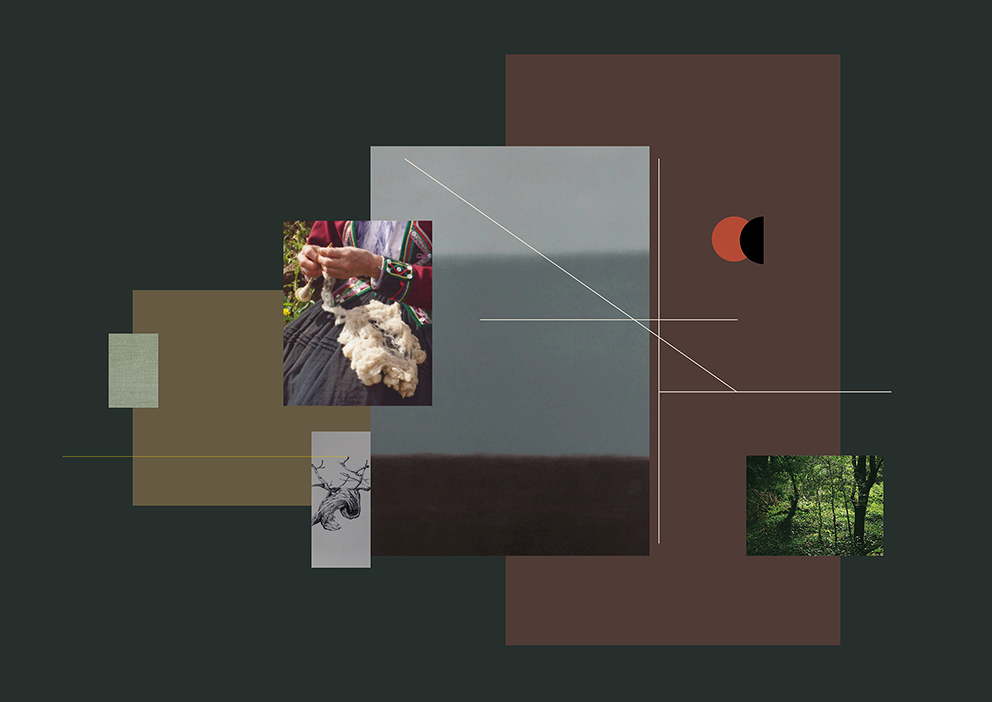
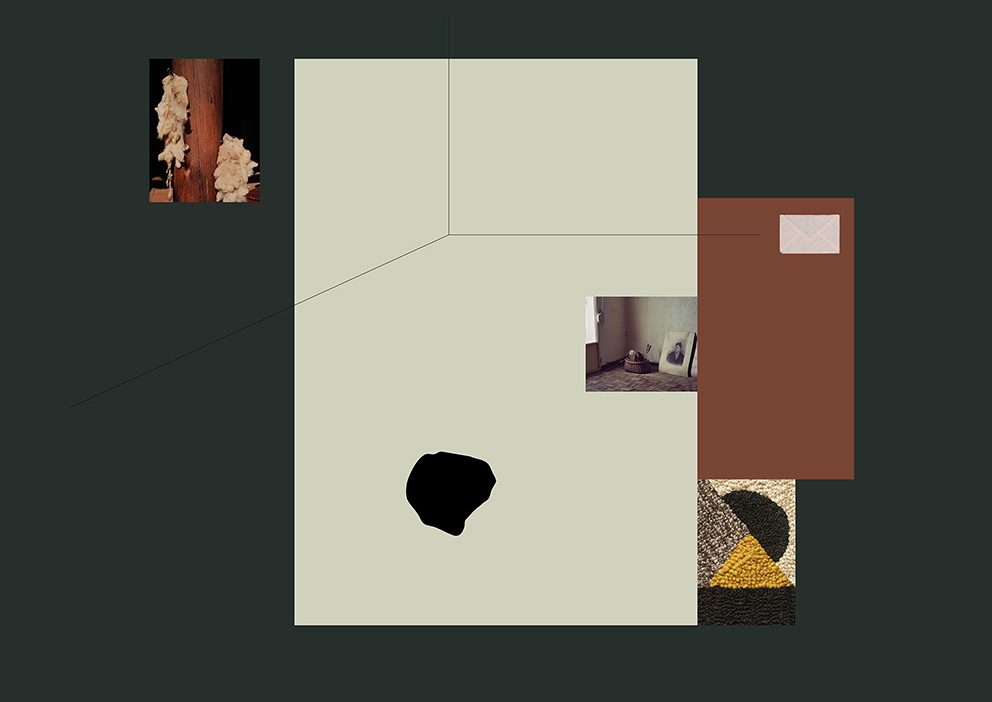

Es así que, desde el recuerdo de la infancia con mis abuelas, mis tías y mi madre, en Alcoy, España, y en la actualidad, entre otras, con la Sra Braulia, una de las tejedoras de la Asociación Pumaq Wasin, en la comunidad de Pucamarca, Perú, da inicio un proyecto que llama a la revisión del hacer textil conectado al linaje femenino y las mujeres con las que comparto mi práctica artística.
Sata Rita también es hibridar procesos y habitar lo interdisciplinar, yendo de lo analógico y manual a lo digital. En cuanto a la producción textil, hay una fuerte intención en la manera de crear la lana utilizada para las piezas. Se trabaja con lana de oveja hilada a mano y teñida con tintes naturales por el grupo de tejedoras de la Asociación Pumaq Wasin, en Perú, combinada con hilo de alpaca.
///
Thus, from the memory of childhood with my grandmothers, my aunts and my mother, in Alcoy, Spain, and currently, among others, with Braulia, one of the weavers of the Pumaq Wasin Association, in the community of Pucamarca, Peru, begins a project that calls for the revision of textile making connected to the female lineage and the women with whom I share my artistic practice.
Santa Rita is also to hybride processes and to inhabiting the interdisciplinary, going from analogue and handmade to digital. Regarding textile production, there is a strong intention in the yarn creation used in the pieces. The work is made with sheep’s wool spun by hand and dyed with natural dyes by the group of weavers from the Pumaq Wasin Association, in Peru, combined with alpaca yarn.






El hacer textil entendido como lugar de sostén, acompañamiento, confesión, comunidad, lenguaje y creación. Un lugar de mujeres, de sabias, de mucho conocimiento sostenido por generaciones entre mujeres. Un lugar compartido colectivamente aún con un océano de por medio.
Por otro lado, coexiste la creación digital, donde se hace convivir texturas textiles, archivo fotográfico familiar, registro de los procesos de creación de las lanas y simbología abstracta enlazada al pasado con referencias familiares, con el presente, junto a las tejedoras de la Asociación Pumaq Wasin.
A su vez, éste proyecto es una puesta en valor con énfasis en visibilizar los procesos tradicionales y ancestrales de producción de lanas. Desde la crianza de las ovejas, el hilado a mano con puska, -herramienta para el hilado muy común en los Andes-, la recolección de plantas y minerales para los tintes naturales, y el torcelado del hilo para conseguir el grosor y uniformidad idónea para finalmente trabajarlo desde la técnica tufting.
///
The process of weaving is understood as a place of support, accompaniment, confession, community, language and creation. A place of women, of sage, of endless knowledge garnered by generations of women. A place shared collectively even with an ocean in between.
On the other hand, there coexists a digital creation, in which textile textures, family photographic archives, records of yarn creation processes and abstract symbols linked to the past with family references coexist with the present, together with the weavers of the Pumaq Wasin Association.
In turn, this project is highlighting with special emphasis on bringing to light traditional and ancestral yarn production processes. From the rearing of sheep, the hand spinning with puska, -a very common spinning tool in the Andes-, the collection of plants and minerals for natural dyes, and the twisting of thread to achieve an ideal thickness and uniformity with which to finally work with using the tufting technique.


